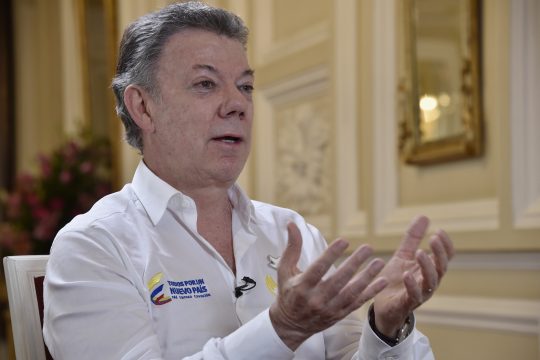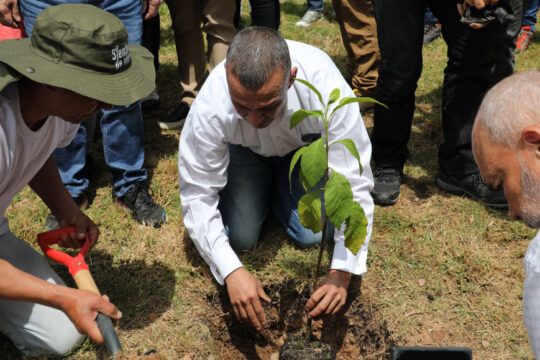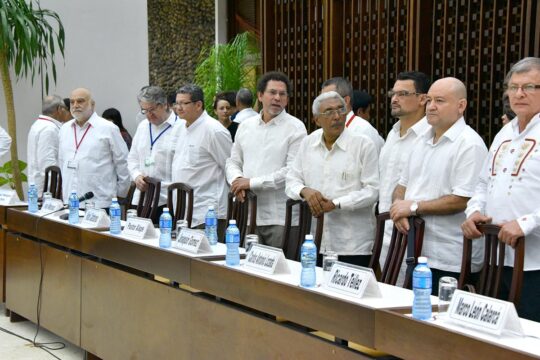Colombian voters on Sunday rejected a peace accord to end a 52-year conflict between the state and communist FARC rebels, in a shock blow to the country's government.
Here are key dates in Latin America's longest armed conflict, which has killed 260,000 people according to Colombian authorities.
1964: FARC formed
The government launches an offensive against communist groups in the center and west of the country.
On May 27, rebel commander Manuel Marulanda Velez flees the assault with 47 other men and forms the Revolutionary Armed Forces of Colombia (FARC).
1984: First peace bid
On March 28, conservative president Belisario Betancur launches peace talks with the FARC under a bilateral truce.
Talks break down in 1987 after right-wing paramilitaries assassinate a presidential candidate from a party allied to the FARC. Further peace efforts collapse in 1991 and 2002.
1996: Hostages taken
On August 30, the FARC takes 60 Colombian soldiers hostage at a military base in the south.
The raid marks the start of its strategy of mass hostage-takings, which dominates the conflict over the following years.
2000: 'Plan Colombia'
In June, the United States and Colombian president Andres Pastrana launch "Plan Colombia," a joint anti-narcotics strategy.
It is later broadened to include anti-guerrilla operations. Washington has spent more than $10 billion on arming and training Colombian forces.
2002: Betancourt captured
In February, the FARC kidnap Franco-Colombian politician Ingrid Betancourt, a candidate for Colombian president.
Captive for more than six years in the jungle, she becomes an international symbol of the conflict. She is rescued by the military in 2008.
2011: FARC leader killed
The FARC's top commander, Alfonso Cano, is killed in a raid by the Colombian army on November 4.
Two other top leaders, Raul Reyes and Jorge Briceno, were killed in 2008 and 2010.
2012: New peace talks
Cano is replaced by current leader Timoleon Jimenez, who enters contact with the government to consider peace talks.
On October 4, President Juan Manuel Santos's government launches new peace talks with the FARC, weakened by the loss of its top leaders.
2016: Peace deal
On June 23, the FARC and the government sign a definitive ceasefire and disarmament agreement, a precursor to a comprehensive peace deal.
On September 26, they sign the full peace accord, which stipulates that the agreement must be ratified by voters in a referendum.
Referendum shock
On October 2, Colombian citizens reject the accord by a razor-thin majority of about 56,000 votes in a shock referendum result.
The result throws Colombia's future into uncertainty. The government and the FARC say they still committed to peace efforts.



